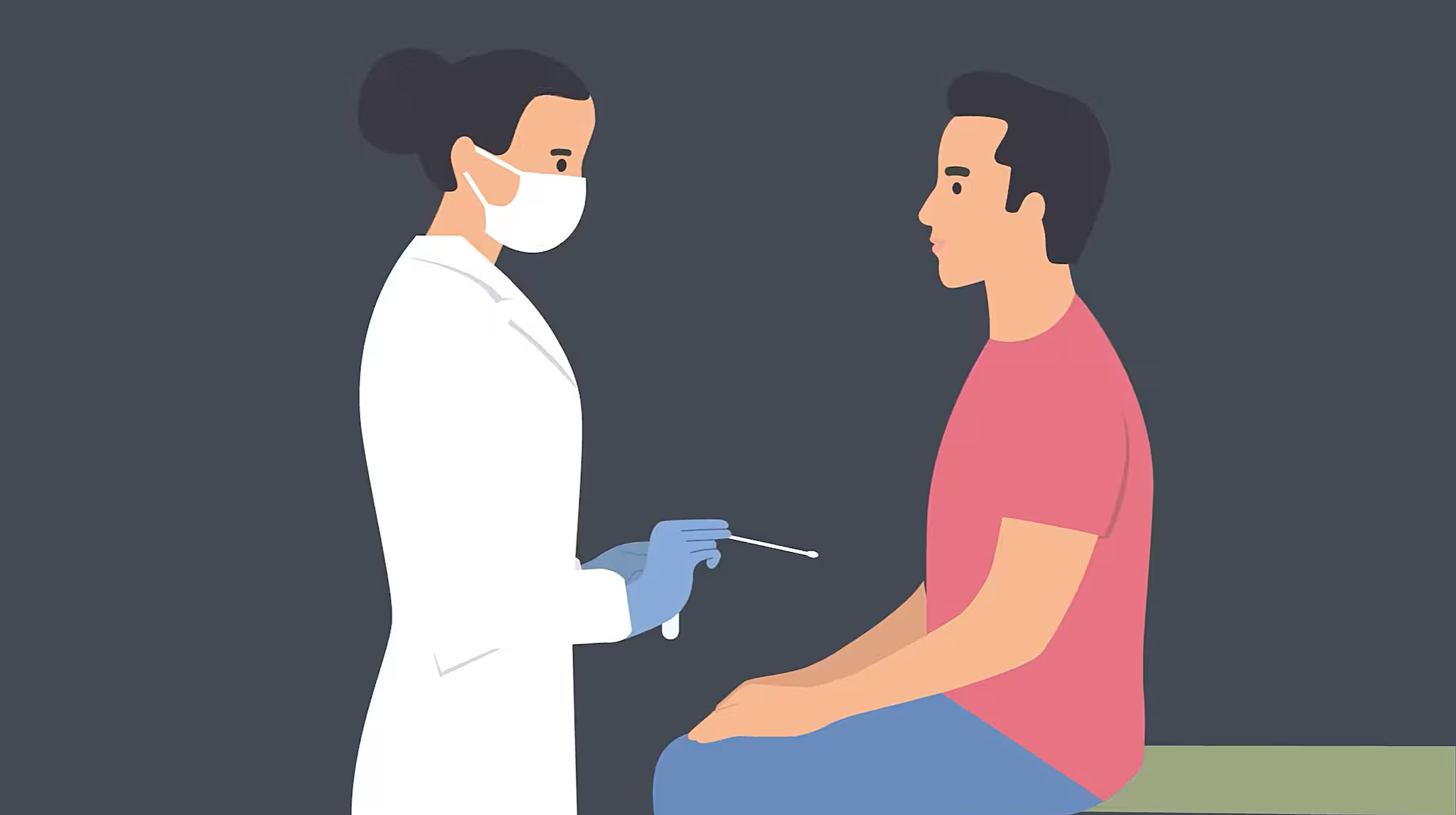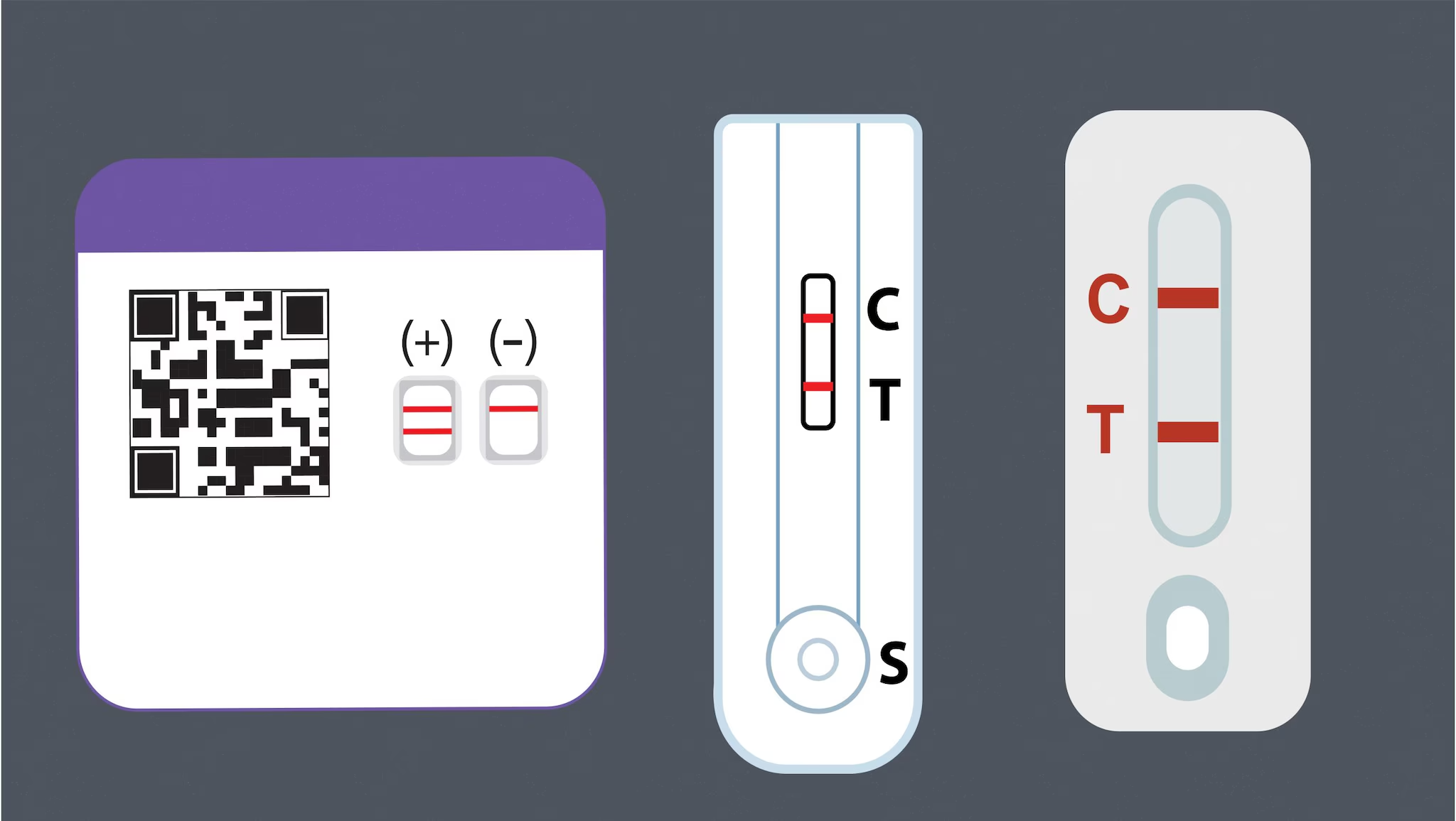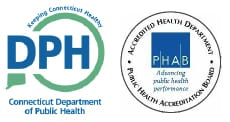COVID-19 Testing: What You Need to Know
COVID-19 testing can help you know if you have COVID-19 so you can decide what to do next, like getting treatment to reduce your risk of severe illness and taking steps to lower your chances of spreading the virus to others
When you get tested:
- Choose the right type of test for your circumstance
- For antigen tests, follow test directions as recommended by FDA and the test manufacturer
If you do not, your results may be less likely to correctly indicate whether you have COVID-19 or not.
Click on the topic below to expand and read.
On This Page
Click the links below to jump to the desired section.
Types of Tests
Viral tests look for a current infection with SARS-CoV-2, the virus that causes COVID-19, by testing specimens from your nose or mouth.
There are two main types of viral tests:
- Polymerase chain reaction (PCR) tests
- Antigen tests
PCR Tests
PCR tests are the “gold standard” for COVID-19 tests. They are a type of nucleic acid amplification test (NAAT), which are more likely to detect the virus than antigen tests. Your sample will usually be taken by a healthcare provider and transported to a laboratory for testing. It may take up to 3 days to receive results.

Antigen Tests
Antigen tests* are rapid tests that usually produce results in 15-30 minutes. Positive results are accurate and reliable. However, in general, antigen tests are less likely to detect the virus than PCR tests, especially when symptoms are not present. Therefore, a single negative antigen test cannot rule out infection. To be confident you do not have COVID-19, FDA recommends 2 negative antigen tests for individuals with symptoms or 3 antigen tests for those without symptoms, performed 48 hours apart. A single PCR test can be used to confirm an antigen test result.

*Self-tests, or at-home tests, are antigen tests that can be taken anywhere without having to go to a specific testing site. Read self-test package inserts thoroughly and follow the instructions closely when performing the test.
Choosing a COVID-19 Test
I want to get tested and:
After a positive test result, you may continue to test positive for some time. Some tests, especially PCR tests, may continue to show a positive result for up to 90 days. Reinfections can occur within 90 days, which can make it hard to know if a positive test indicates a new infection. Consider consulting a healthcare provider if you have any questions or concerns about your circumstances.
Getting a COVID-19 Test
Buy self-tests (at-home tests)
Go to a testing location
Buy self-tests (at-home tests) online or in pharmacies and retail stores. If you have health insurance, it may reimburse the cost of purchasing self-tests. Visit FDA’s website for a list of authorized tests.
- Visit a community-based testing location, such as a pharmacy or health center near you. These locations may offer PCR or antigen tests, and provide low- or no-cost testing for everyone, including people without insurance. Free PCR or antigen tests may also be available through your local health department.
- Talk to a doctor or healthcare provider about other testing options that may be available to you.
- If you are a person with a disability, the Disability Information and Access Line can help you access a test or find a test location.

